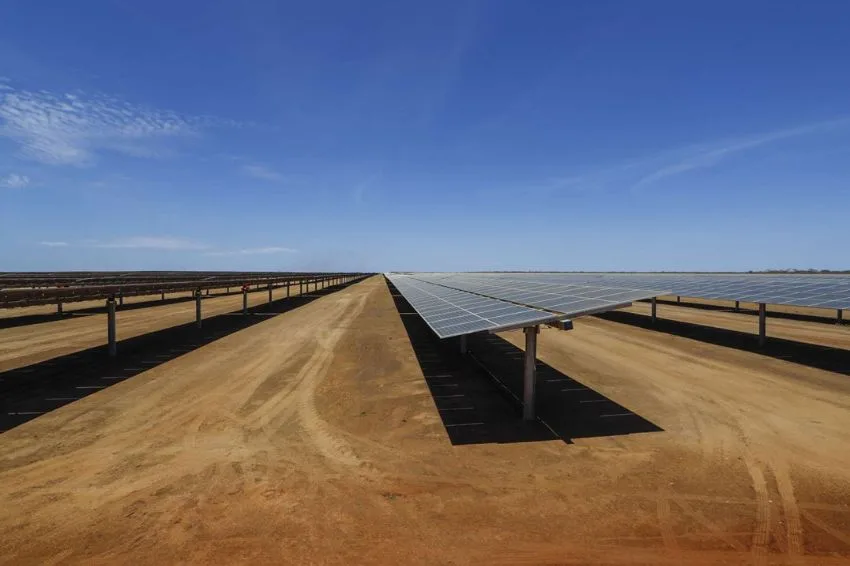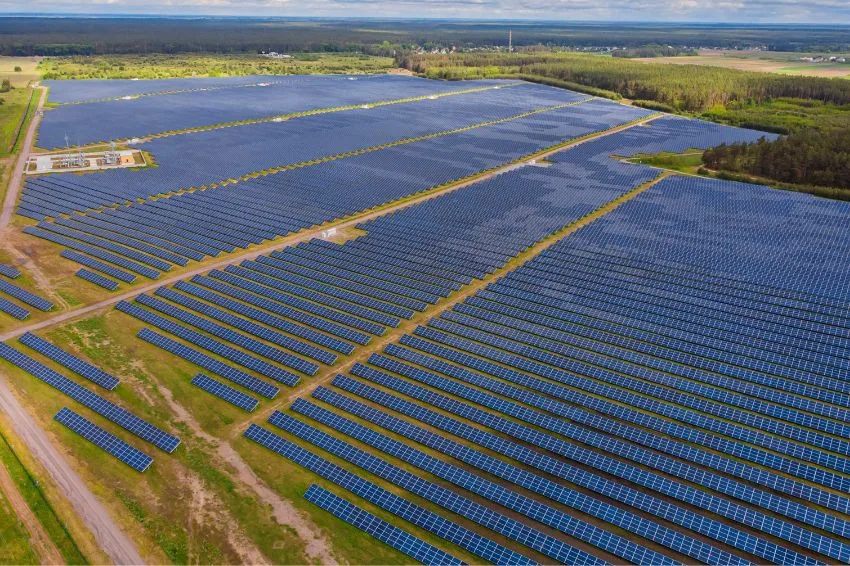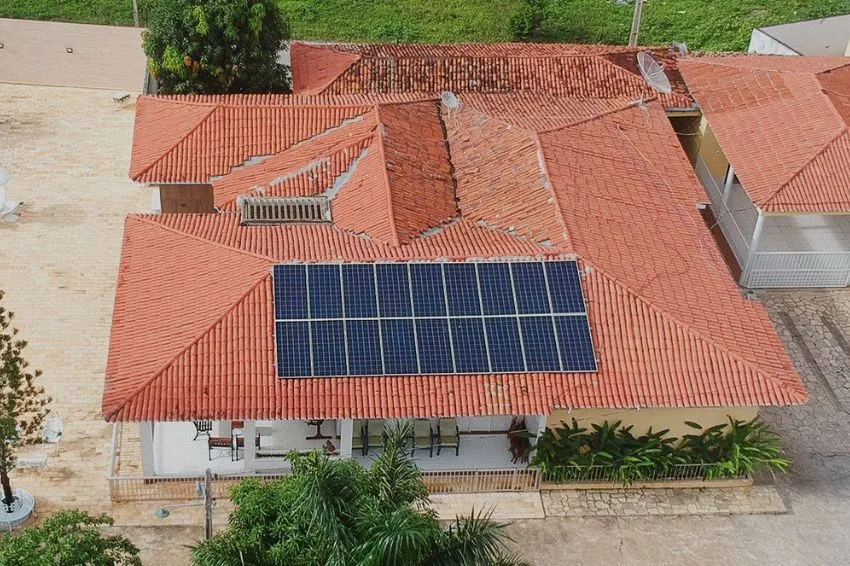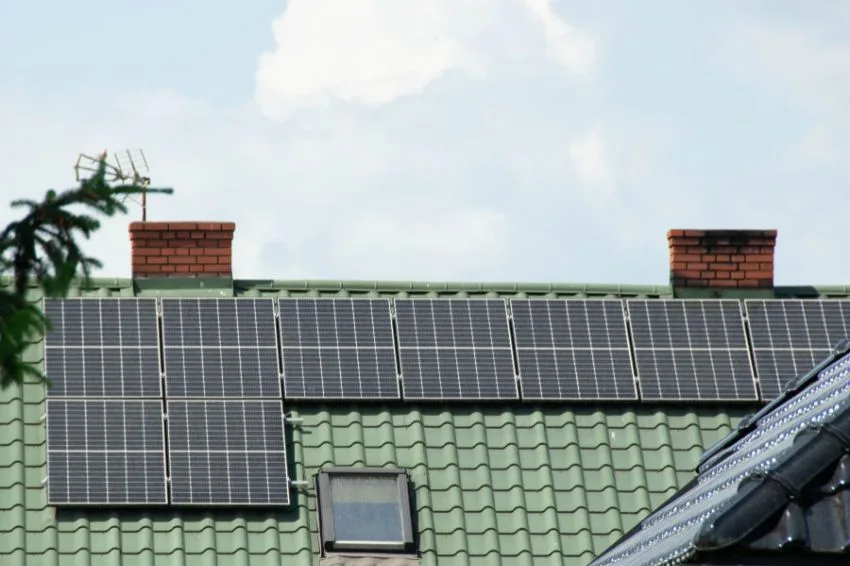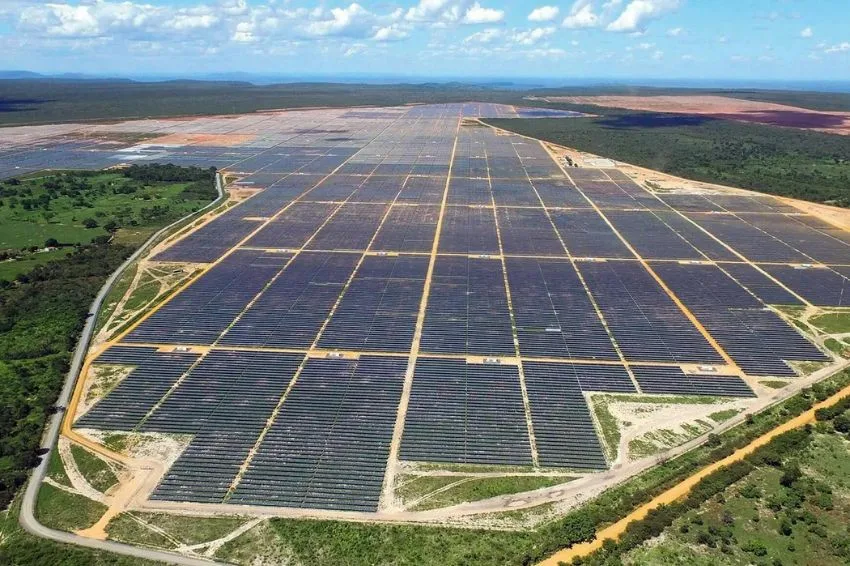According to a report published by BNEF (BloombergNEF), you investments in solar energy totaled US$ 239 billion in small and large systems, representing two thirds of the total global contribution to renewable energy in the first six months of the year and marking an increase of 43% compared to the 1st half of 2022.
China was responsible for approximately half of all investment. This was mainly driven by lower module prices, a robust rooftop PV market and the commissioning of the country's so-called mega power bases, which aim to develop large-scale wind and solar installations, particularly in desert areas.
The United States came in a distant second, with US$25.5 billion invested in solar during the first half of 2023. However, BNEF stated that this was an all-time record and an impressive increase of 75% over the same period in last year as supply chain restrictions eased and clarity increased around the landmark IRA (Inflation Reduction Act).
According to BloombergNEF, in the Europe, Middle East and Africa region, several countries saw record inflows, including Germany, Poland and the Netherlands, with demand driven by the Russian invasion of Ukraine and the subsequent energy crisis in Europe.
South Africa also saw record investment due to power blackouts and new tax incentives, while the NEOM photovoltaic plant for dedicated hydrogen production contributed to a six-month period of photovoltaic investment in Saudi Arabia.
Investment in wind energy
Regarding wind input, the research stated that this technology is impacted as development problems reach asset financing.
In sharp contrast to the growth in investment in solar energy, input into wind energy fell by 8% compared to the first half of 2022, reaching US$ 94 billion in the first half of 2023.
Investment in onshore wind energy has fallen for four consecutive quarters. The sector received US$ 64.5 billion in contributions in the first half of the year, a drop of 21% compared to the first half of last year.
“Network constraints, permitted challenges and 'wavering' political support in several markets are leading to a reduced global pipeline of ready-to-develop projects, which in turn is hurting asset financing volumes,” the report noted.
China accounted for two-thirds of onshore wind investment, with US$38 billion invested in the first six months of 2023. This marked a decline of 22% compared to the 1st half of last year, as falling equipment costs allowed each dollar invested went further and as a smaller portion of the large megabase projects were still awaiting financing.
Offshore wind input recorded a sharp increase of 47% over 1H 2022, to US$ 29.2 billion in the first six months of 2023. Europe accounted for most of this growth, with US$ 9.4 billion more investment in the 1H 2023 than in 1H 2022.
Japan and Taiwan have also experienced increasing offshore wind inputs. Even so, increased offshore wind investment has not been able to offset declines in onshore wind power globally.
Total invested in renewable energy
New global investment in renewable energy soared to US$358 billion in the first six months of 2023, an increase of 22% compared to the start of last year and an all-time high for any six-month period.
Of this total, US$ 335 billion went to implementing projects through asset financing and small-scale solar energy. According to BNEF, this was 14% higher than in the first six months of 2022 and reflects the continued acceleration of the energy transition as renewables increase.
Renewable energy companies have also seen success this year, raising capital to support their growth and expansion. Venture capital and private equity expansion commitments for renewable energy companies reached US$ 10.4 billion in H1 2023, up 25% from H1 2022.
New capital raised in the public markets totaled US$ 12.7 billion during the first six months of the year, an increase of 25% compared to the first half of 2022.
China was again the largest market in 1H 2023, with US$177 billion in new investment, an increase of 16% from 1H 2022. The US secured US$36 billion, while Germany attracted US$11.9 billion.
Still short of a net-zero path
The rate of spending on renewable energy deployment, both in asset financing and small-scale solar, needs to increase by 76% to align with a net-zero pathway.
According to BNEF's New Energy Outlook, the world needs to spend a total of US$ 8.3 trillion on renewable energy deployment between 2023 and 2030, to align with a global net-zero trajectory by 2050, keeping global warming well below of 2°C.
As per the study, this equates to US$590 billion being invested through asset finance and small-scale PV over a six-month period. The US$335 billion spent on such activities in the first half of 2023 is therefore well below what is needed to reach net zero.
“Compared to other parts of the economy, renewable spending – especially wind and solar – needs to be brought forward to align with carbon budgets that keep global warming well below 2°C. This is because clean energy is essential to support the decarbonization of other sectors, such as industry and transport, through greater electrification”, they concluded.




